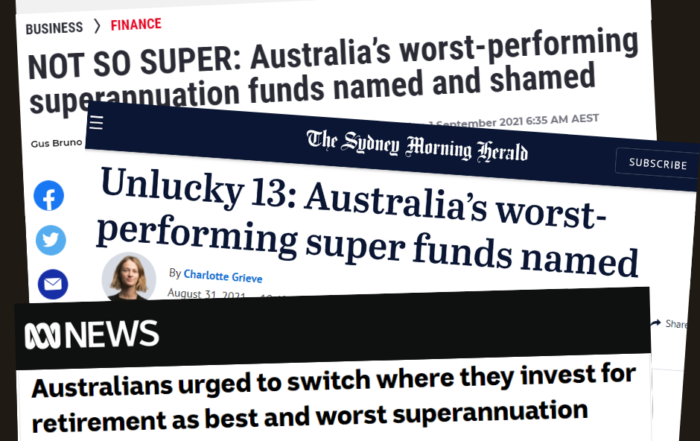One of the best things about my job is getting to work with and help people from all walks of life.
There are doctors, lawyers, tradies, nurses, teachers, and retail workers. There are business owners working 80-hour weeks, people working full-time, part-time or fully retired.
Some people are wanting to make a tree or sea-change, others are wanting to upgrade their family home. Some are happy to work until they are in their 60s, others want to ‘retire’ in their 40s.
The one thing they all have in common is they aren’t really sure how much they need to have to do what they want.
So how much is enough and the 4% rule
People often talk about the 4% rule. That is, you should be able to comfortably live off 4% of your invested money each year.
Like many rules of thumb, the 4% rule is misunderstood. It was originally a finding from a report done in 1994. It looked at how much you could safely draw down from a portfolio with half invested in the top 500 US companies and the other half in US government bonds – and not have it run out after 30 years.
Does the 4% rule still work?

In a 2018 report into how much retirees spent; it was shown that the top 25% of couples spent $55,000 per year. Adjusted for inflation, let’s say this is now $65,000. This aligns with most people that I see that say they would be ok if they had between $65,000 and $80,000 per year to live off (assuming they are mortgage free).
From 2000 to 2022, a diversified mix of shares (i.e. Australian and International) has given returns of about 7%. A mix of Australian and international bonds has given returns of 5%. So a portfolio of 50% shares and 50% bonds would have returned about 6%.
Bear in mind that historical data is useful up to a point. To illustrate, between 2010 and 2022, a diversified mix of shares (i.e. Australian and International) gave returns of about 11%, and a mix of Australian and international bonds gave returns of 4%. So a portfolio of 50% shares and 50% bonds would have returned about 7.5%.
What do I need to consider?
Personally, I prefer to err on the side of caution.
Based on the following assumption, around $1.6 million is required to continuously draw an income which is the equivalent of $70,000.
- Tax on the investment earnings has not been considered, but neither has the aged pension payments
- You will be drawing an income for 45 years
- Inflation average 2.5%
- The investment earns 6% a year
- There is no other source of income
- There has been no managing of the investments to maximise their longevity
Note that this figure drops to $1.4 million if the annual amount needed is reduced to $60,000.
For most people, this is easily achievable much sooner than they think. If you want to discuss how you could be able to retire sooner, book a chat via the button below or contact us on 0417 034 252 or at office@constructwealth.com.au.
About the Author
Phil Harvey is an independent financial adviser. In 2017 Phil set up his company Construct Wealth to help clients best manage their finances so they focus on what is important to them. He is a founding member of the Profession of Independent Financial Advisers and a tax financial adviser, registered with the Tax Practitioners Board.
General Advice Warning
This advice contains general information. It may not be suitable to you because it does not consider your personal circumstances. Phil Harvey and Construct Wealth are authorised representatives of Independent Financial Advisers Australia (AFSL 464629)
See related articles
Making work optional sooner
What are three things you can do to make work optional sooner?A lot has happened in the last 12 months.This time last year, most of Australia was in [...]
Are you in a ‘dud’ super fund?
Australians have more than $3 trillion in superannuation funds (super), and pay a whopping $30 billion a year in fees and charges. Most people find super confusing and [...]
Superannuation – getting the mix right
"Look at the investment options in your existing super fund before moving funds. It all comes down to having the right mix of growth and conservative investments." [...]



